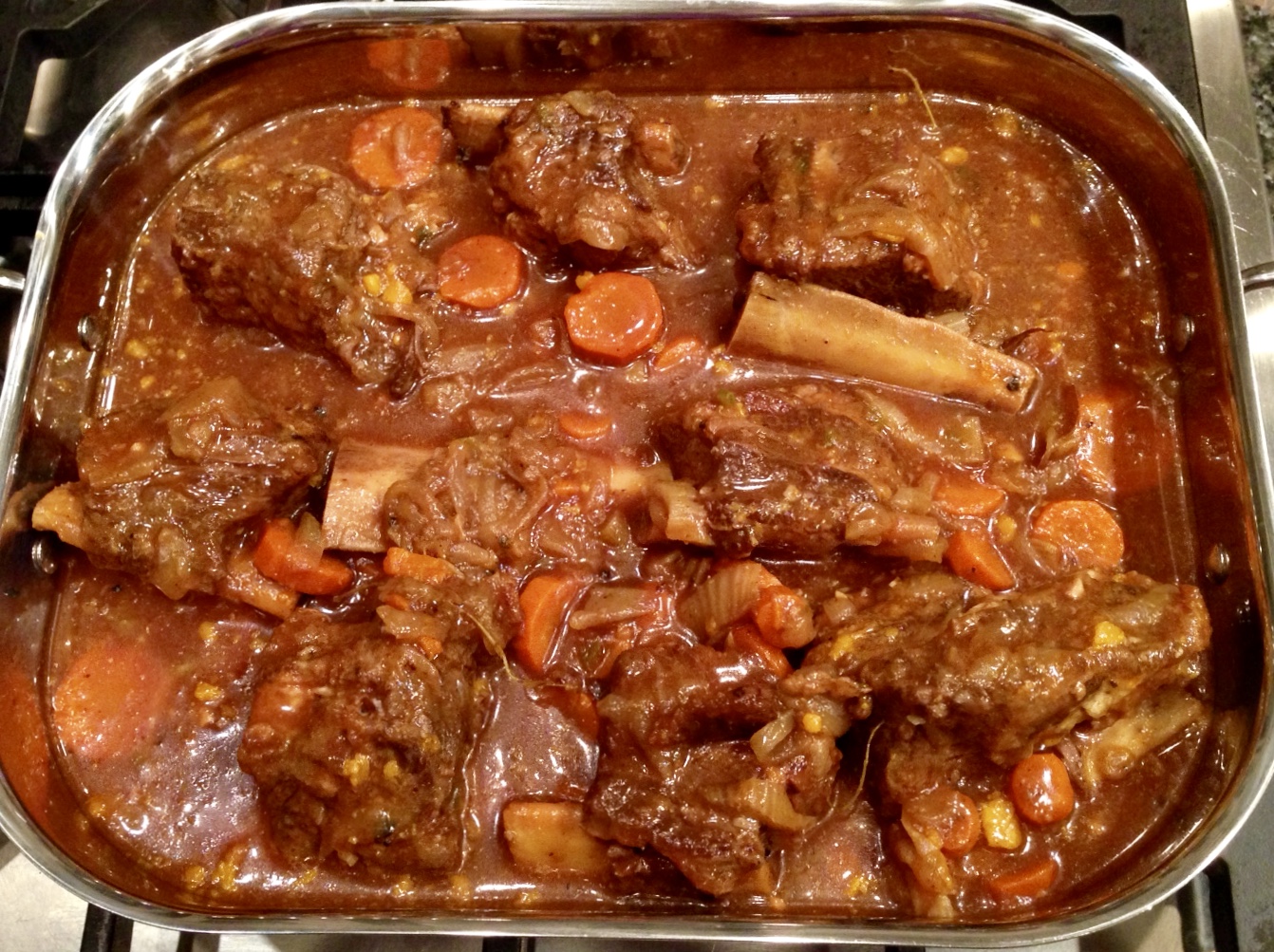I always try to make our Seder meals as festive as possible. Most years (sans pandemic) I roast a turkey and braise a big brisket. Lots of vegetable side dishes. Sometimes the second night is vegetarian. My grandma’s honey-soaked chremslach are a must. Ditto the Manischewitz concord grape wine (along with some lovelier selections).
But during the week — not so much. It’s regular meals. So, maybe meatloaf (with matzo meal substituting for bread crumbs). Or chicken cutlets crusted with coconut. Leftover turkey made into salad. Like that.
From time to time I make this “Shepherd’s Pie” — which really isn’t Shepherd’s Pie because there’s no potato crust. I include the potatoes in the meat mix and gave it a matzo crust. That crust is a crunchy, wonderful thing together with the softer, more tender inside ingredients.
Passover Shepherd’s Pie with Matzo Crust
2 tablespoons olive oil
1 medium onion, chopped
1 large clove garlic, chopped
2 carrots, peeled and chopped
1 large Yukon Gold or other all-purpose potato, peeled and chopped
1-1/2 pounds ground meat
Salt and freshly ground black pepper to taste
1 teaspoon fresh thyme, optional (or use 1/2 teaspoon dried thyme)(or use 1-2 tablespoons chopped fresh parsley)
2 tablespoons potato starch
1 cup stock (beef, chicken or vegetable)
2 matzot
1 egg, beaten (or use olive oil)
Preheat the oven to 375 degrees. Heat the olive oil in a saute pan over medium heat. Add the onion, garlic, carrots and potato and cook, stirring frequently, for 7-8 minutes, or until softened and beginning to brown. Add the meat, salt, pepper and thyme and continue to cook and stir, breaking up the meat into small pieces, for another 5-6 minutes or until the meat has cooked through. Add the potato starch and stir it into the meat mixture. Pour in the stock and cook, stirring, until the sauce has thickened (about one minute). Spoon the mixture into a rectangular baking dish. Soak the matzot briefly to soften them slightly, then place them on paper toweling and press any excess water from them. Place the soaked matzot on top of the meat. Brush the surface with the beaten egg. Bake for about 25 minutes or until the top is crispy and browned.
Makes 4-6 servings









